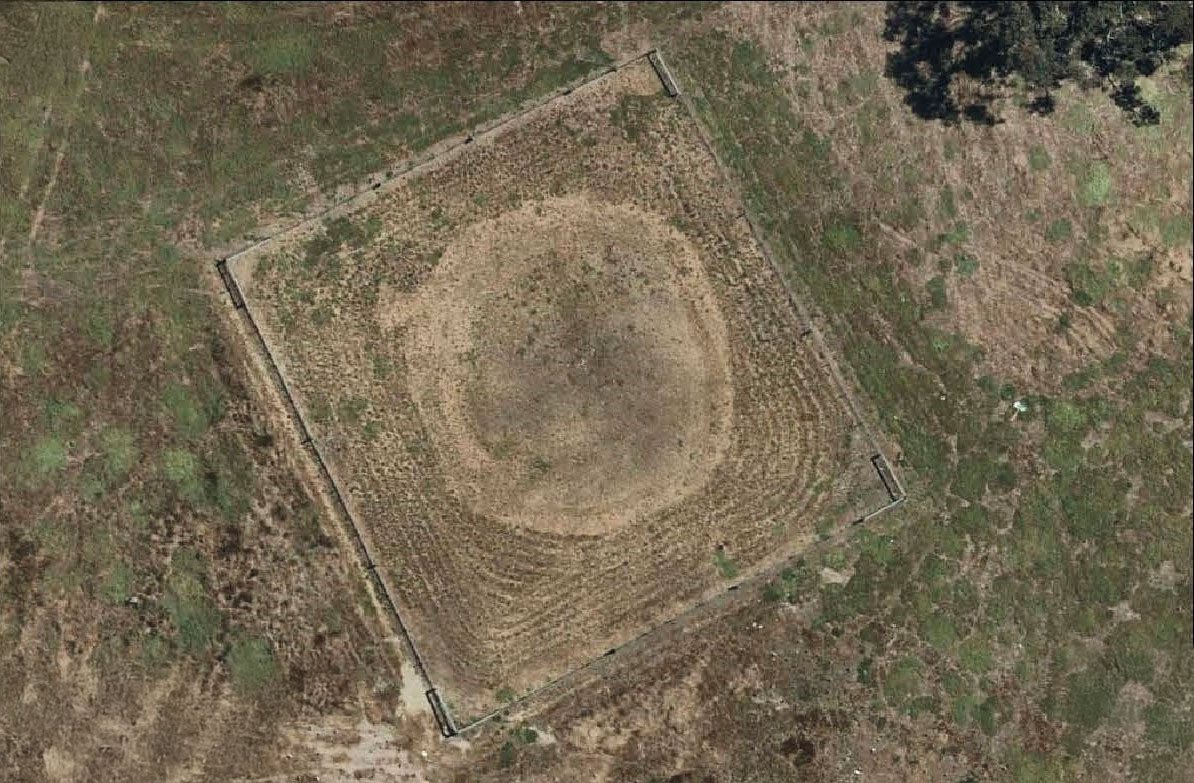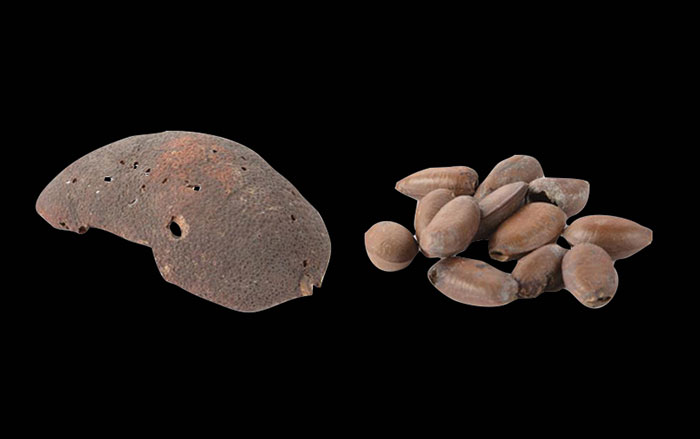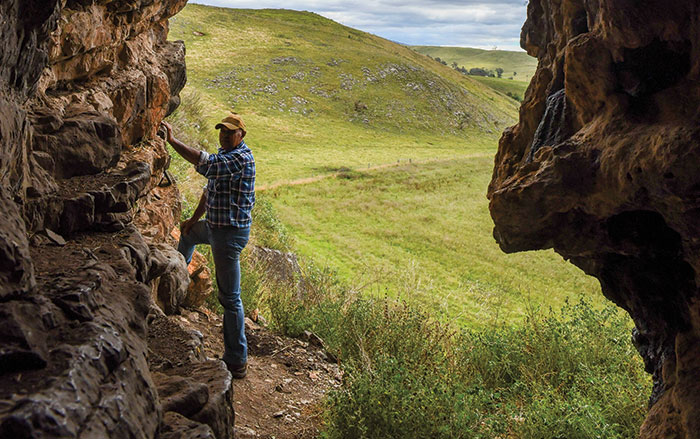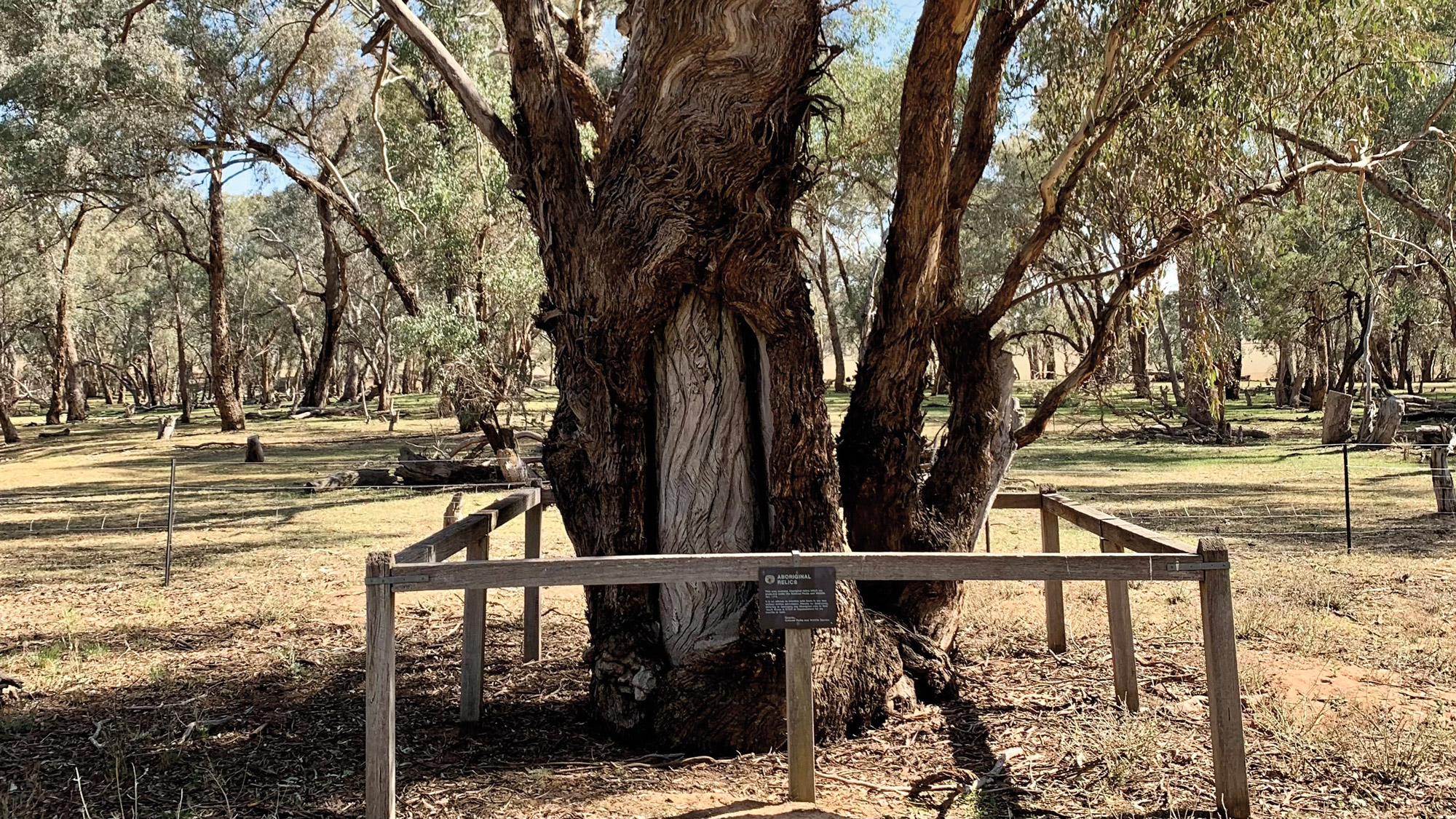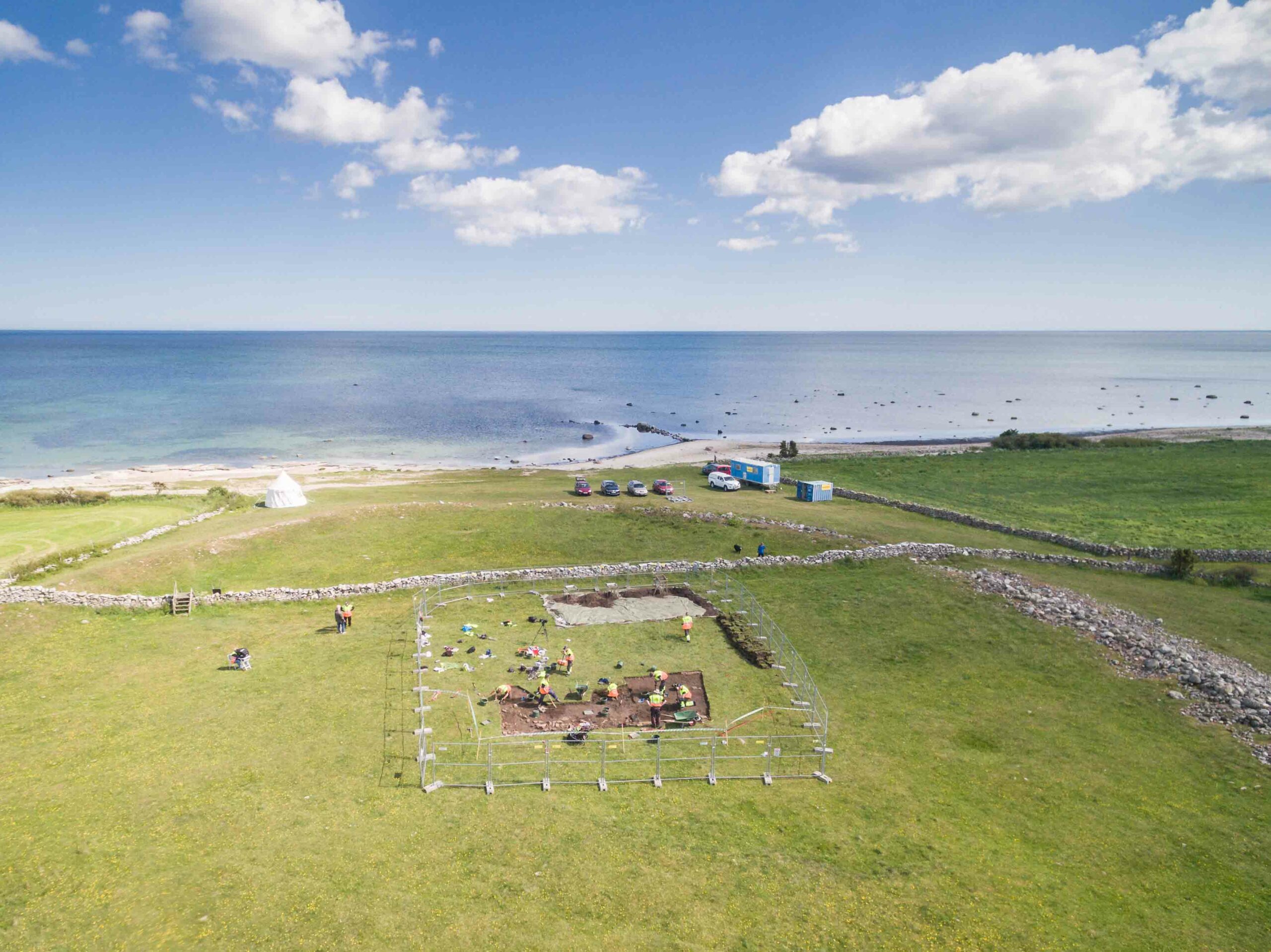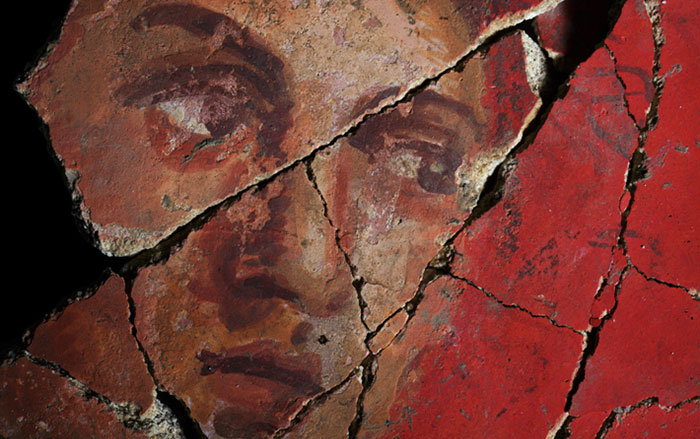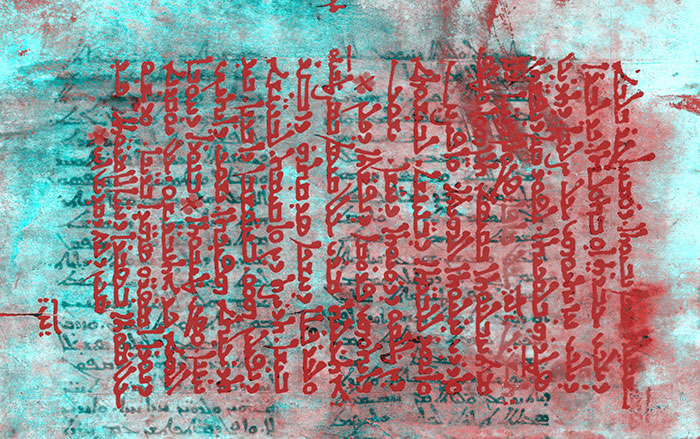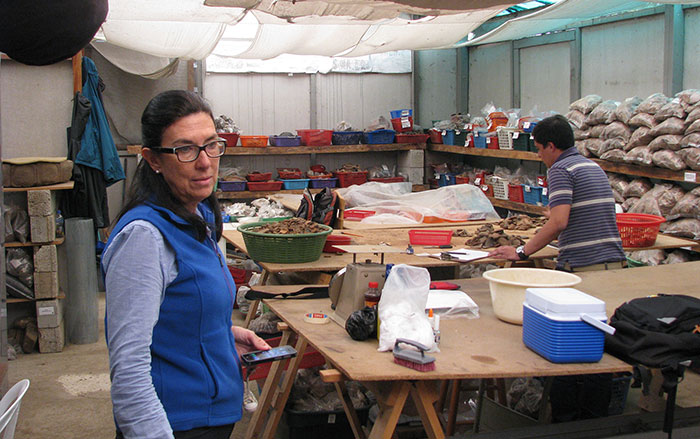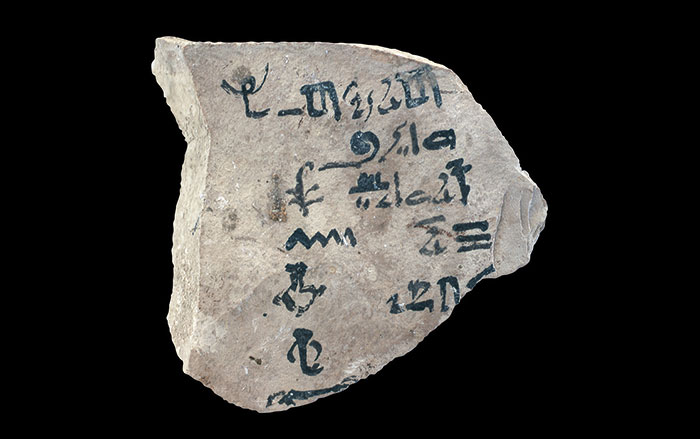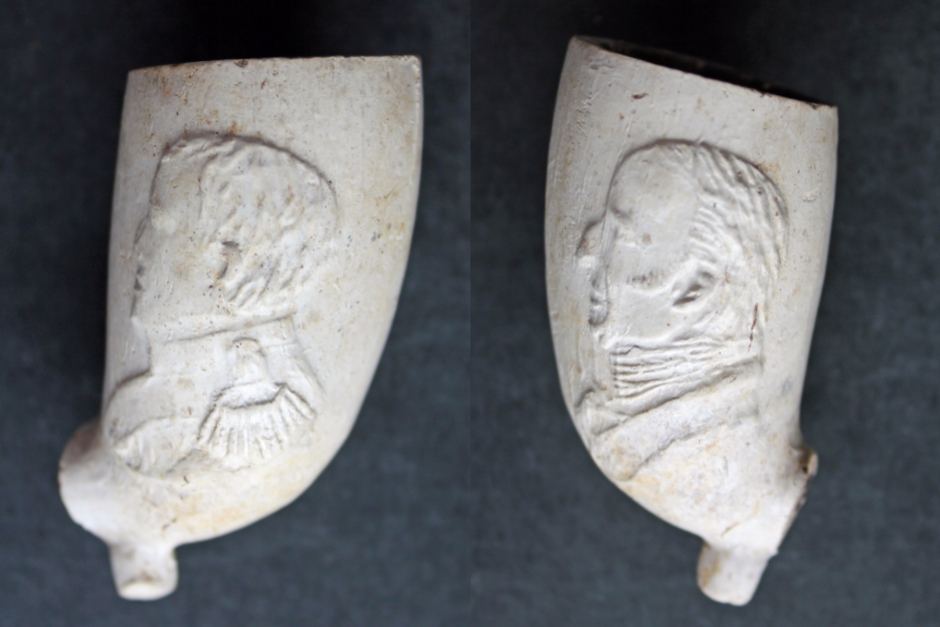
PORT ARTHUR, AUSTRALIA—Excavation of the exercise yard at the Port Arthur penitentiary building, a World Heritage site in Tasmania, has yielded artifacts related to the convicts’ leisure time. “The key thing about this space was keeping the convict population healthy; as if they are healthy then they can work,” Tuffin told ABC News Australia. According to the report, the yards at first had shelters with fireplaces for the men. Then, in the 1860s, toilets and washing areas were added. “You don’t normally get that form of hygiene and treating waste until the 1880s,” Tuffin explained. The 1,600 artifacts recovered from the site include square and circular gambling tokens made of lead, slate, and ceramic; buttons; and clay pipes. Gambling was not allowed in the prison, so the tokens were probably smuggled into the yard. Many of the clay pipe stems bear the teeth marks of their owners. One pipe bowl features images of Napoleon and Wellington and may have been made to commemorate the 50th anniversary of the Battle of Waterloo. To read more about prisoners on Tasmania, go to "Convict Mothers."


